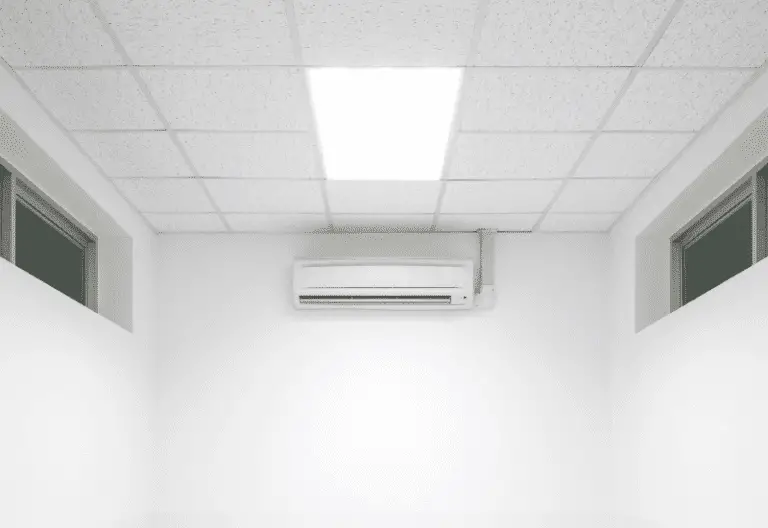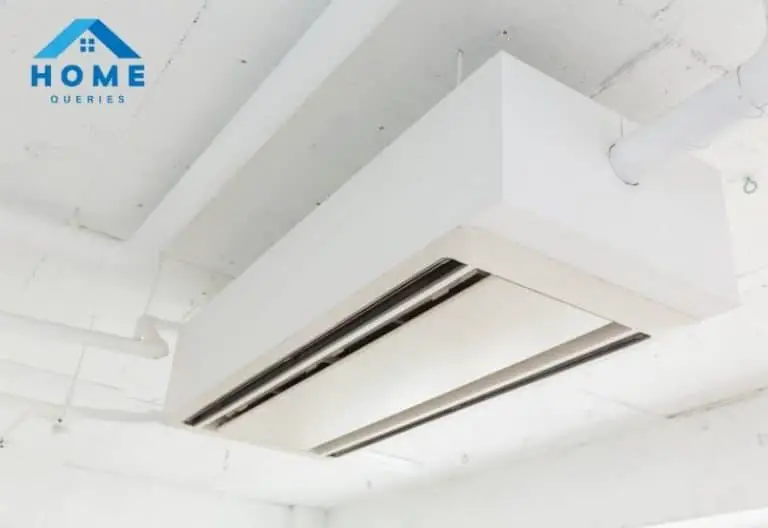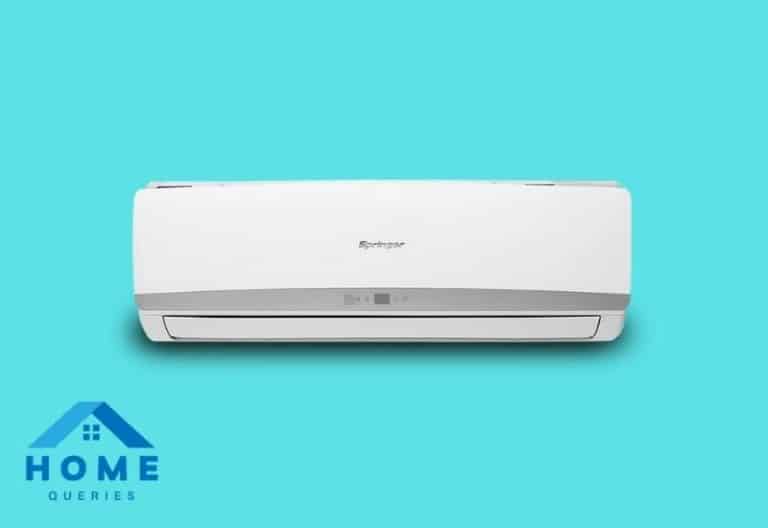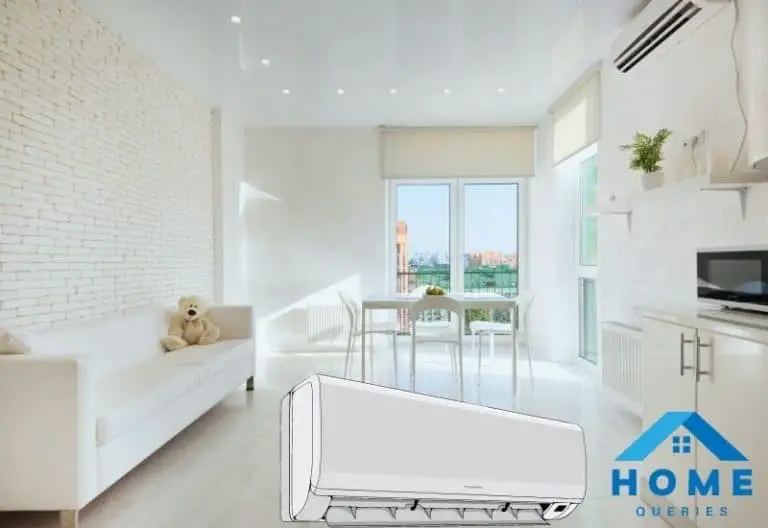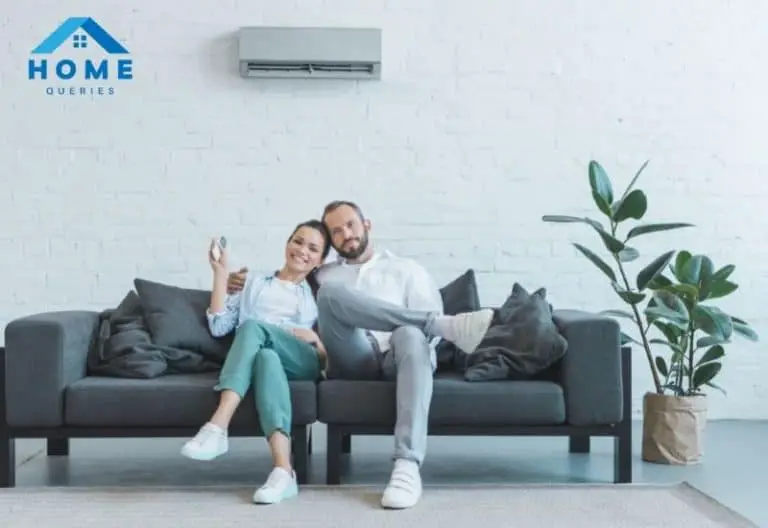An inverter is a device that converts DC voltage to AC voltage. In most circumstances, the input DC voltage is lower, but the output AC voltage is equivalent to the grid supply voltage, which is either 120 or 240 volts based on the location. Will a 2000 watt inverter run an air conditioner?
Inverter appliances can be found in a variety of malls and online stores. They are popular among customers since they are recognized to be energy efficient. The inverter can be built as a self-contained unit for solar power applications or as a backup supply using batteries that are recharged independently. Inverters are classified according to the shape of the switching waveform. These come in a variety of circuit layouts, efficiency.
Let’s find out about it and some more pieces of information to help you out.
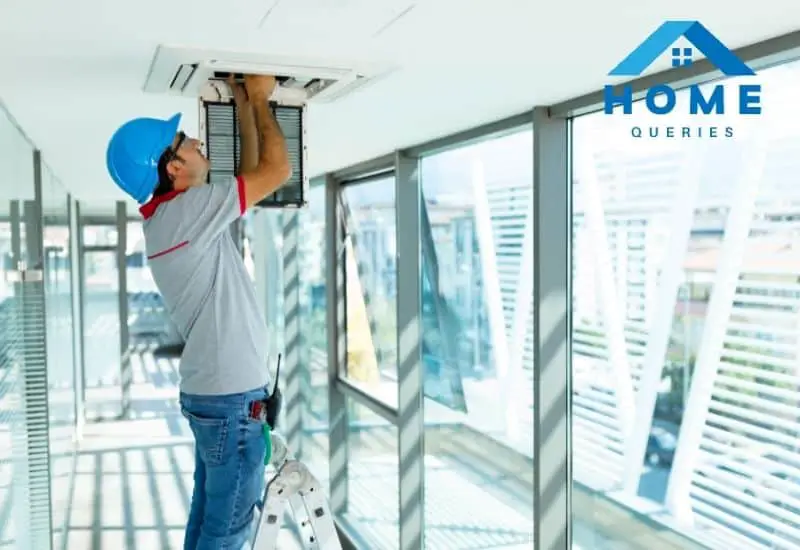
Will a 2000 Watt Inverter Run an Air Conditioner?
When you’re “off the grid,” an inverter provides you with power so you can use it whenever and wherever you want. A 2000 watt inverter may or may not run an air conditioner according to the actual power requirement of the AC unit.
When the frequency of the AC commercial power supply changes or a power outage occurs, it can be used as a reliable power supply. It’s termed “CVCF” (Constant Voltage Constant Frequency)because it keeps a constant voltage and frequency.
What Are The Types Of Inverters?
Inverters can be divided into two groups –
- Voltage Source Inverter (VSI): The voltage source inverter has a hard DC source voltage, which means that the DC voltage at the inverter input terminals has a low or zero resistance.
- Current Source Inverter(CSI): A variable current is given to a current source inverter from a DC source with a high impedance. The load has no effect on the current waves that result.
There are some more classifications of inverters. Full bridge inverters and half-bridge inverters are the two types of single-phase inverters.
- Half Bridge Inverter: The basic building block of a full-bridge inverter is this sort of inverter. It features two switches and the voltage output of Vdc/2 on each of its resistors. Secondly, the switches are complementary, meaning that when one is turned on, the other is turned off.
- Full Bridge Inverter: In this, the circuit converts DC to AC using an inverter. It accomplishes this by closing and opening switches in the proper order. It operates in four different states depending on which switches are closed.
Three Phase Inverter: A three-phase inverter transforms a single-phase DC input into three-phase AC output. To generate a three-phase AC supply, its three arms are generally lagged by an angle of 120°.
Read more: What Size Breaker Do I Need For A 4 Ton Air Conditioner?
How Much Power Does An Inverter Need?
Inverters can be as small as 100 watts and as large as 5000 watts. This rate indicates the capacity of the inverter to power a high-wattage piece of equipment or appliance, or a combination of many units of such products, simultaneously and constantly.
What Are The Requirements Of An Inverter?
An inverter must meet two requirements: peak or surge power and typical or regular power.
Surge
Surge is the highest power that an inverter can deliver for a brief period of time. Some appliances, especially those with electric motors, require a substantially bigger start-up surge than they do when they are in use.
Pumps, compressors, and air conditioners are the most typical examples, but freezers and refrigerators are also common. To avoid early inverter burnout, use an inverter with a continuous rating that can handle the surge rating of your appliance.
Typical
What the inverter has to supply on a regular basis is typical. This is the rating that is given on a constant basis. Typically, this is significantly lower than the surge. This is what a refrigerator draws after the motor starts up during the first few moments, or what it takes to run the microwave – or what all of the loads together tally up to.
What Are The Benefits Of An Inverter?
- Voltage regulation has a considerable impact on fan and pump applications. AC drives, which are superior to dampers and on/off controls, can cut energy usage by 20 to 50% by managing motor rotation.
- The motor is started by an inverter, which delivers power at a low frequency. The frequency and motor speed are steadily increased until the desired speed is reached. Operators may control the acceleration and deceleration of escalators and conveyor belts at any moment, which is perfect for avoiding load dropouts.
- Starting an AC motor requires seven to eight times the full-load current. The inverter lowers the beginning current, which means fewer motor rewinds and longer motor life.
- The inverters have already been programmed. Auxiliary control power, communication cables, and motor leads are all factory wired. The only thing left for the contractor to do is connect the wire to the power source that would power the inverter.
- By precisely managing the torque, AC drives can safeguard motors from damage. To avoid exceeding the torque limit, an inverter can be adjusted to limit the amount of torque applied to the motor.
- Without the use of speed-increasing or reduction devices or gears, an inverter can offer the low or high-speed required by the load. This lowers servicing expenses and reduces the amount of area needed on the floor.
- Inverters are capable of handling frequent start-ups and stops. After adjusting the rotation instruction, it only takes a tiny current to change the direction of rotation. Standing mixers can create the desired output by changing the direction of rotation, and an inverter drive can control the number of rotations.
What Are The Types And Definition Of Air Conditioner?
Central Air Conditioner Unit
This is similar to having a single large refrigerator that cools and regulates the indoor temperatures of your entire home or business. The central air conditioner captures the heated indoor air and passes it over refrigerant-filled coils. After that, the refrigerant absorbs heat from the inside air and cools it to comfortable levels. The cooled air is then reintroduced into the structure or room.
With the use of thermostats, a single central air conditioner can keep many rooms at the same temperature. Thermostats measure room temperatures and provide the data to the central air conditioning system, which controls how much-cooled air is delivered to each room.
The refrigerant is the primary cooling agent in an air conditioner. You may be familiar with the terms Freon (R-22) and R-410A. These chemicals can be hazardous if they leak, but they are otherwise relatively harmless and useful.
Window Air Conditioner Unit
On a lesser scale, window units are effective. Only one room can be served by a single-window unit at a time. The size ratio between the two determines whether the air conditioner effectively cools the room.
These units are mounted on windows or in walls, as the name implies. Window units are far less expensive than central air conditioners in terms of everything from purchase price to installation and maintenance. A window air conditioner can utilize 1/3 to 1/2 of the energy that a central air conditioning unit uses.
Window Vs Central Unit
A window air conditioner can consume anywhere from 500 to 1440 watts of electricity, whereas a typical central air conditioner in a normal home consumes around 3500 watts. This parameter has less to do with the size of the area to be cooled (though that does play a role), and more to do with the amount of energy required to run the systems.
Because the air for a central air system must be forced viaducts by the furnace blower, it has more moving parts. This results in a higher power draw. At the same time, if cooling an entire house is the goal, more than one window unit will be required.
Another point to consider is that window units can only cool one area at a time, such as a bedroom, whereas many central air units can cool the entire house. This could result in a large reduction in energy use.
Window air conditioners are designed for those who desire effective cooling without the headache of a lengthy installation.
These gadgets are simple enough to install even if you don’t have a lot of technical knowledge. On the other hand, the fact that central air conditioning equipment must be installed by a certified professional is a significant drawback. Without sufficient training, you cannot just purchase the system’s components and install them yourself.
There’s no need to worry about a window air conditioner wiping the budget if you’re on a limited budget. There are hundreds of wonderful models for tiny spaces that cost around $100 or less. However, keep in mind that the price of an appliance is a reflection of its energy efficiency and cooling capability. But a central AC unit price is very much expensive than a window unit.
Because central air conditioners filter the air throughout the house, the humidity levels are reduced as well but the window unit doesn’t filter the throughout the air of the house.
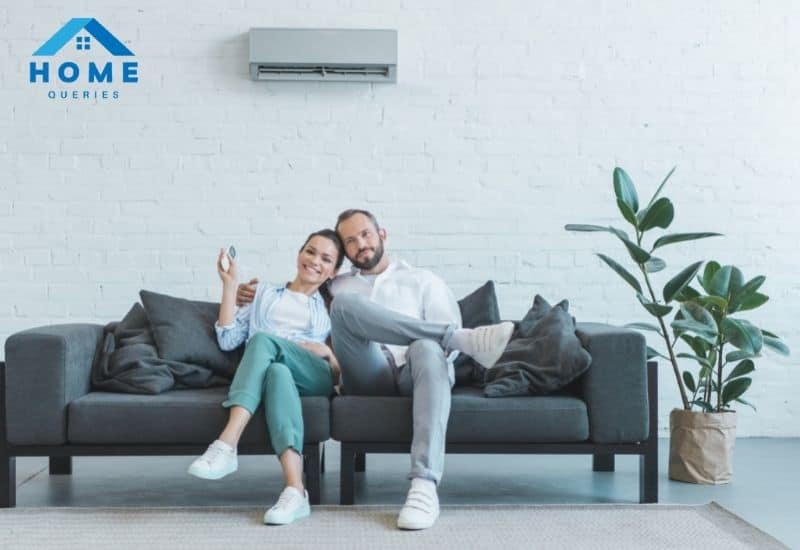
Requirements For An Air Conditioner
Air conditioners are available in a wide range of sizes, cooling/heating technologies, efficiency classes, and other features.
Window air conditioners and RC air conditioners are the most common machines that are commonly powered by power generators, inverters, and even power stations.
With a 2000-watt inverter, you can easily power your home’s tiny appliances. With a 2000-watt inverter, you can easily power your window air conditioner. However, additional factors such as the size (BTU, Ton) and type (window, central, etc.) of your air conditioner play a significant role.
It is debatable. You can easily run a small or medium window air conditioner with the help of a 2000-watt power inverter. You can also use a 2000 watt inverter with a central air conditioner with the compressor turned off and the fan on only.
Is it possible to run an air conditioner with a 2000 watt inverter? In general, YES; however, make careful to check the exact power requirements of your AC unit before selecting a powerful enough generator. The following are the requirements for the majority of air conditioners:
- 7.000 BTU Central Air Conditioner: 900 Running Watts, 1700 Starting Watts
– 10.000 BTU Central Air Conditioner: 1200 Running Watts, 2000 Starting Watts,
– 13.500 BTU Central Air Conditioner: 1600 Running Watts, 2500 Starting Watts
– 15.000 BTU Central Air Conditioner: 1700 Running Watts, 2700 Starting Watts
– 5.000 BTU Window Air Conditioner: 600 Starting Watts, 900 Running Watts
– 10.000 BTU Window Air Conditioner (1200 Running Watts, 1800 Starting Watts)
– 12.000 BTU Window Air Conditioner: 1500 Running Watts, 2300 Starting Watts,
– 15.000 BTU Window Air Conditioner: 1900 Running Watts, 2900 Starting Watts
When AC units first turn on, they demand greater power for the first few minutes (Starting Watts), after which they require less power (Running Watts).
Inverters With 2000 Watt
- Honda EU2200i is powered by a Honda GXR120, providing 1800 Running Watts and 2200 Starting Watts.
- Another lightweight and silent portable inverter is the WEN 56235i. A four-stroke 79cc OHV motor provides 1900 Running Watts and 2350 Starting Watts in the WEN 56235i.
- The Westinghouse iGen2600 has a running power of 2200 watts and a starting power of 2600 watts.
- The A-iPower SUA2300iV produces 1800 running Watts and 2300 starting Watts.
Choosing The Right Unit For 2000 Watt Inverter
Whenever it comes to deciding which sort of air conditioning system is best for a 2000 watt inverter (window AC vs central AC), there are a few aspects to consider: cost, energy efficiency, and your desired level of satisfaction. But the main determinant will be your 2000-watt inverter which will help you in powering up your air conditioner.
Conclusion
As we can see, there are a few things as factors in when asking will a 2000 watt inverter run an air conditioner. As we can see, running AC’s on an inverter isn’t really practical without a large and expensive battery bank. Adding a lot of solar to counteract part of that would help, but the batteries are still the most important factor.
In any case, when there’s no electricity, a regular 2000 to 3000 ish inverter should suffice to run your air conditioner. If your power consumption is higher, a parallel kit can help you get the extra amperage you require.

